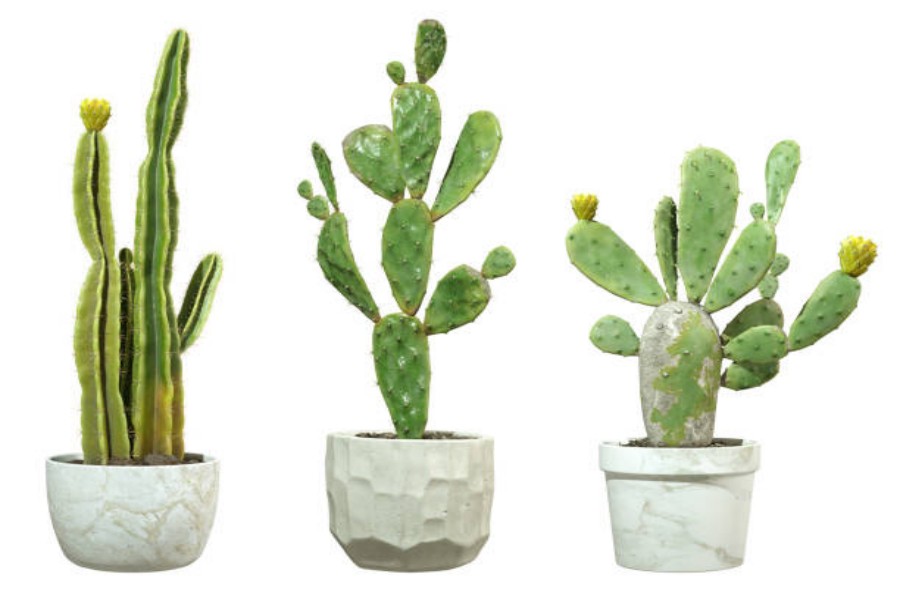Introduction
ceramic garden plant pots are a great addition to any outdoor space. They come in various shapes, colors, and sizes, making it easy for you to choose the perfect one for your garden. Not only do they add beauty, but they also have other benefits that are worth considering when enhancing your outdoor space. In this article, we will explore the different aspects of ceramic garden plant pots and why they are a popular choice among garden enthusiasts.
Advantages of Ceramic Garden Plant Pots
When it comes to garden plant pots, ceramic pots offer several advantages that make them stand out from the rest. Firstly, they are durable, which means they can withstand different weather conditions without losing their beauty. Secondly, they are versatile, which means they can complement any garden style and design. Lastly, they are effortless to clean and maintain, making them provide great value for money.
The Material of Ceramic Garden Plant Pots
Ceramic garden plant pots are made from a type of clay that is fired in a kiln to harden and become more durable. They come in different types of clay, such as terracotta, stoneware, and porcelain. Terracotta clay is the most common type of clay used in making ceramic pots. It is porous, which means it absorbs water which can help to keep your plants hydrated for longer. On the other hand, stoneware and porcelain ceramic pots are non-porous, which means they require less watering.
The Size of Ceramic Garden Plant Pots
Ceramic garden plant pots come in different sizes to suit different types of plants. The size of the pot should be proportional to the size of the plant. A pot that is too small may not provide enough room for the plant’s roots to grow, while a pot that is too large may cause the soil to become waterlogged, which can lead to root rot. As a general rule, the pot should be 2-4 inches larger than the plant’s root ball.
The Shape of Ceramic Garden Plant Pots
Ceramic garden plant pots come in various shapes, such as round, square, rectangular, and oval. The shape of the pot can impact the overall style and design of your garden. For example, a round pot can soften the sharp edges of a square garden, while a rectangular pot can add length and depth to a narrow garden. It is essential to choose a shape that complements your garden's style and design.
The Color of Ceramic Garden Plant Pots
Ceramic garden plant pots come in different colors, making it easy for you to choose one that complements your garden's color scheme. The color of the pot can also impact the mood of your outdoor space. For example, a bright-colored pot such as yellow or orange can add energy and vibrancy to your garden, while a muted color such as gray or beige can create a sense of calmness and relaxation.
The Style of Ceramic Garden Plant Pots
Ceramic garden plant pots come in various styles, from modern and contemporary to traditional and rustic. The style of the pot can impact the overall aesthetic of your garden. For example, a modern and contemporary pot can create a sleek and sophisticated look, while a traditional and rustic pot can create a warm and welcoming feel.
The Placement of Ceramic Garden Plant Pots
Where you place your ceramic garden plant pot can impact the overall look and feel of your garden. It is important to consider the plant's needs when choosing a spot. Some plants require more sunlight, while others prefer shade. As a general rule, it is best to place the pot in an area that receives 4-6 hours of sunlight per day.
The Price of Ceramic Garden Plant Pots
Ceramic garden plant pots come in different price ranges, depending on their size, material, and design. While some may be expensive, they provide value for money due to their durability and longevity. The pots require low maintenance, which means you won't have to replace them anytime soon, making them a great investment in the long run.
Ceramic Garden Plant Pots Maintenance
Ceramic garden plant pots are effortless to clean and maintain. To keep them looking their best, all you need is a damp cloth or sponge to wipe away any dirt or debris. It is also essential to check the pot's drainage hole to ensure that water is flowing freely and to prevent water from accumulating and causing root rot. Moreover, it is best to move the pot indoors during the cold winter months to prevent the pot from cracking due to frost.
Conclusion
Ceramic garden plant pots are a great addition to any outdoor space. They come in different shapes, colors, sizes, styles, and materials, making it easy for you to choose one that complements your garden's design and style. The pots are durable, versatile, and effortless to maintain, providing great value for money in the long run. So, go ahead and add some beauty to your outdoor space with a ceramic garden plant pot.

